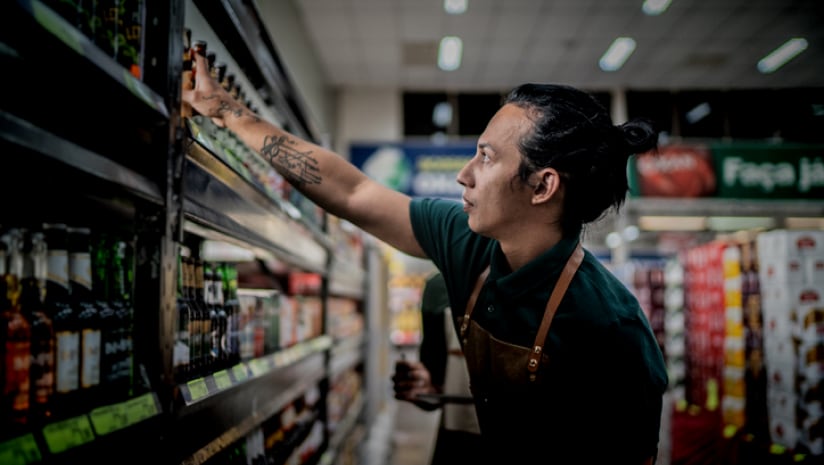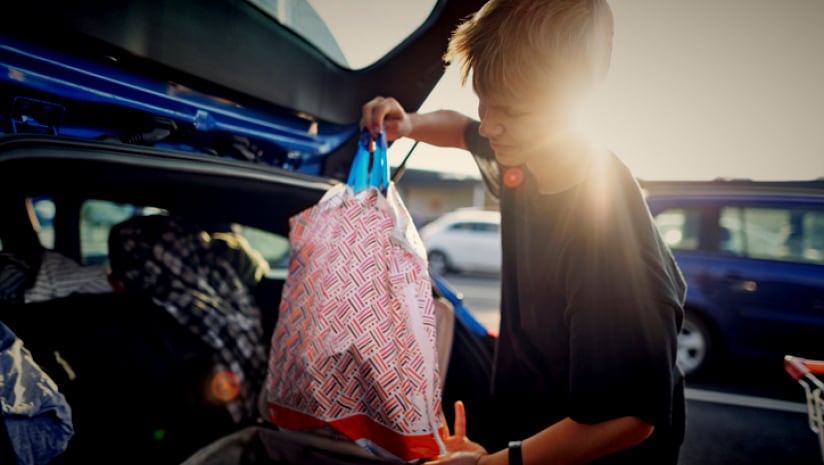Getting on store shelves is “only half the battle” to winning at retail, with the other coming from fostering strong relationships with buyers and managing margins and capital, explained CPG growth strategist Caroline Grace, founder and CEO of Product & Prosper.
Many CPG startups begin their journey selling products online through direct-to-consumer (DTC) channels before jumping to retail shelves. However, some emerging brands mistakenly think that making it onto retail shelves will mean an instant boon to business, Grace noted.
“If you are not seeing natural traction occurring on the DTC side, it is going to be doubly as expensive and doubly as hard within the retail channel,” she said. “Getting on shelf and getting those connections with those buyers is really a very small part of this puzzle.”
Catch-up on the Founders’ Fundamentals podcast
The Founders' Fundamentals is a bi-weekly podcast series dedicated to sharing strategies and insight on how to build and grow a food and beverage CPG brand. Re-visit past episodes here:
She added, “The real challenge, and everybody says it – but they do not say how to do it - is selling off shelf consistently. It is not just selling off shelf during promo periods. It is about selling off shelf in your category across multiple channels, in multiple different stores, and doing it over a period of time, so that you are not just a trend, but you are a staple on the shelf.”
3 C’s of being retail ready: Credibility, capability & cash
Startups must address three C’s - cash, credibility and capability - and four P’s - product, positioning, packaging and pricing - to succeed on shelf, Grace noted.
“It is not just selling off shelf during promo periods. It is about selling off shelf in your category across multiple channels, in multiple different stores, and doing it over a period of time, so that you are not just a trend, but you are a staple on the shelf.”
Caroline Grace, founder and CEO of Product & Prosper
Startups need some form of capital - whether investor dollars or existing sales - to support retail expansion, which often requires trade marketing assurances and free cases of products, Grace said. Additionally, brands must ensure they can efficiently manufacture their product to meet retail and consumer demand, she added.
“To sell off shelf, you have to have a really strong foundation across those initial four P’s - product, positioning, packaging and pricing - and you also have to fill what we call the retail resume you have to have credibility, capability and cash potential,” Grace emphasized.
What to know about trade & consumer marketing
Building strong retail relationships by sending samples and connecting with employees in the store is crucial for long-term retail success, Grace noted. However, some startups rely too much on their broker or distributor to make those connections, she added.
“Because you are in a B2B sales channel, you have to nurture that relationship with the buyer and show that you are capable. So, that is one facet of what you need to do to succeed on shelf, and many people skip over that,” Grace said.
On the other hand, shopper marketing has “a pretty simple playbook,” which often relies on sampling, promotions and discounts to drive initial trial, she explained. Each retailer approaches promotional activities differently, so having a strong relationship with buyers can make learning a buyer’s system easier, she added.
“You have to find what works specifically for your network and your category and your product, but you also have to figure out what works for those specific stores. Retailers are like very different kingdoms. They are very different from each other the way that they operate,” she elaborated.





